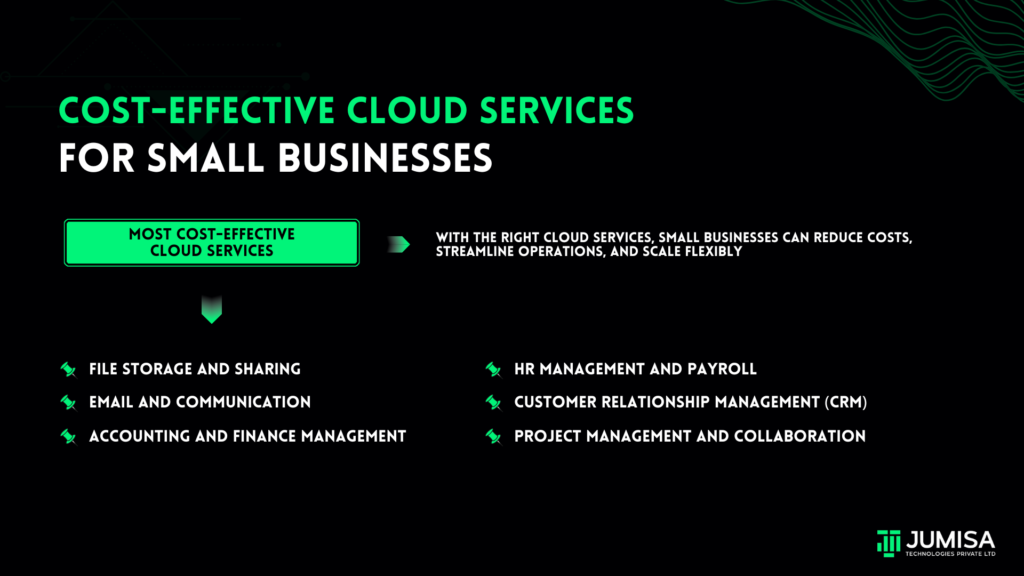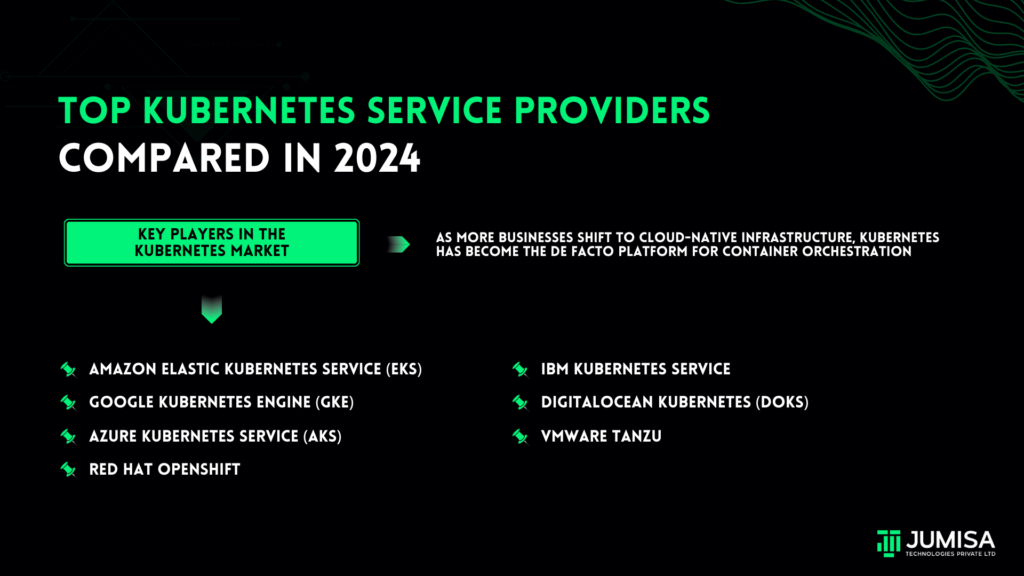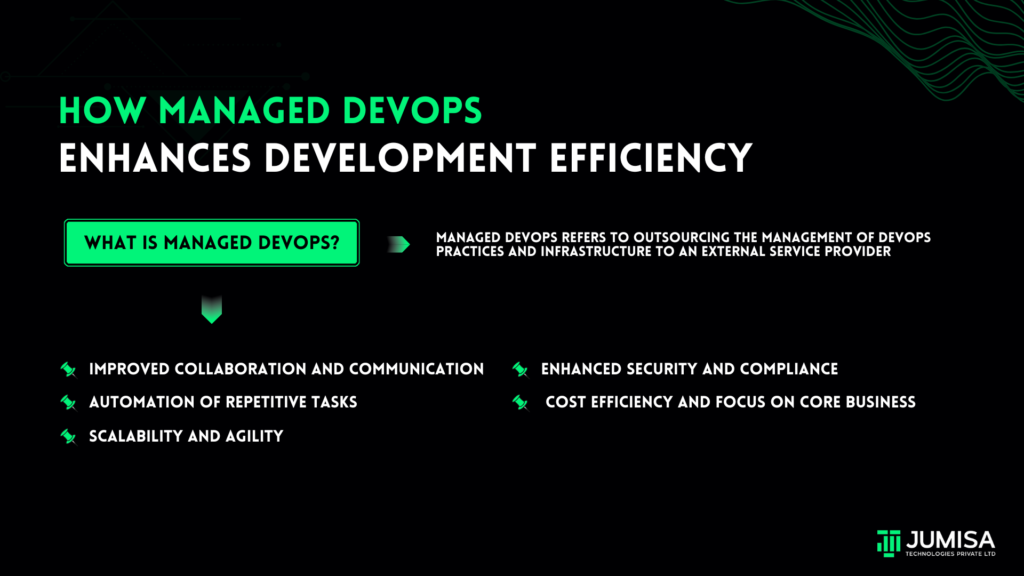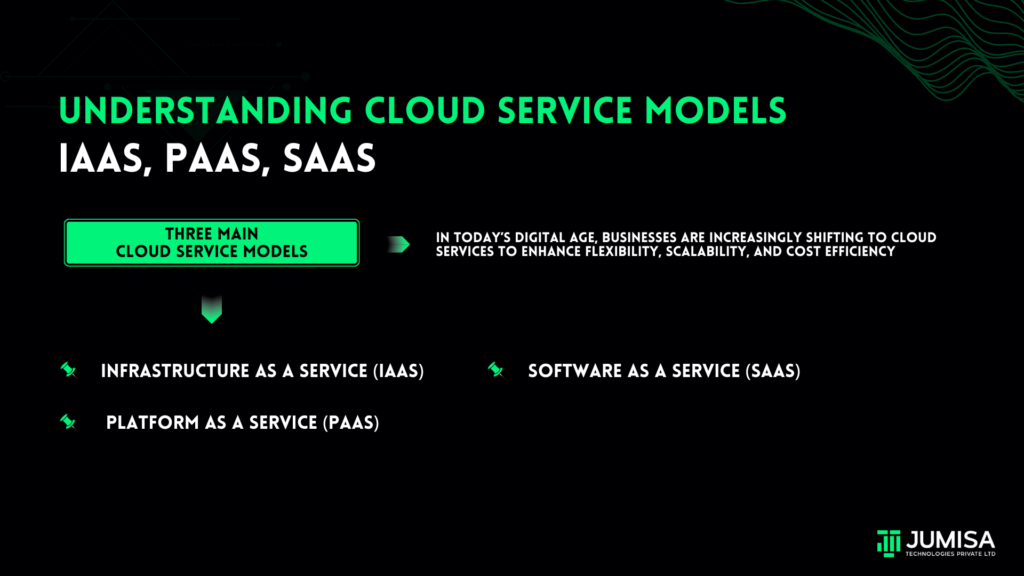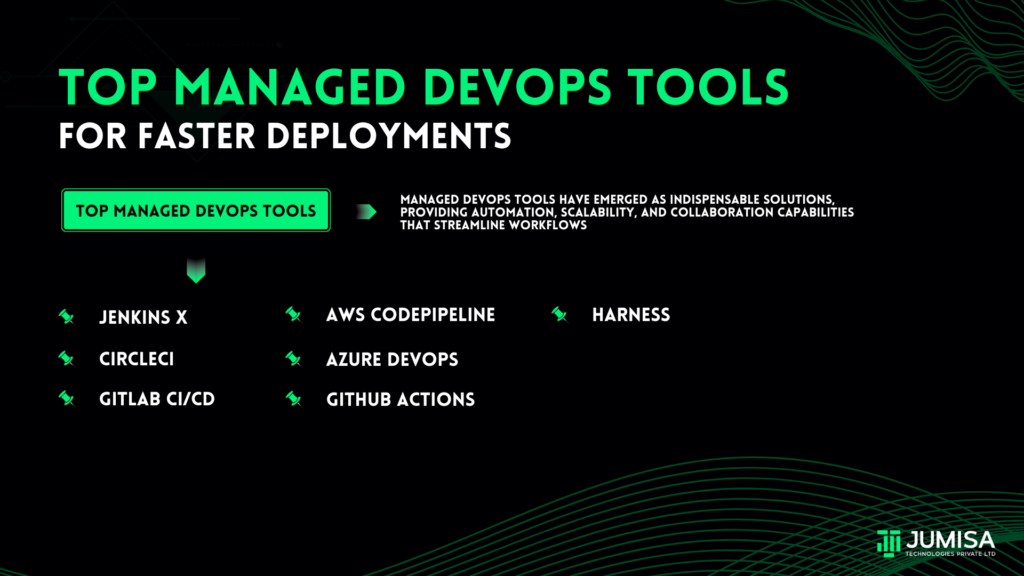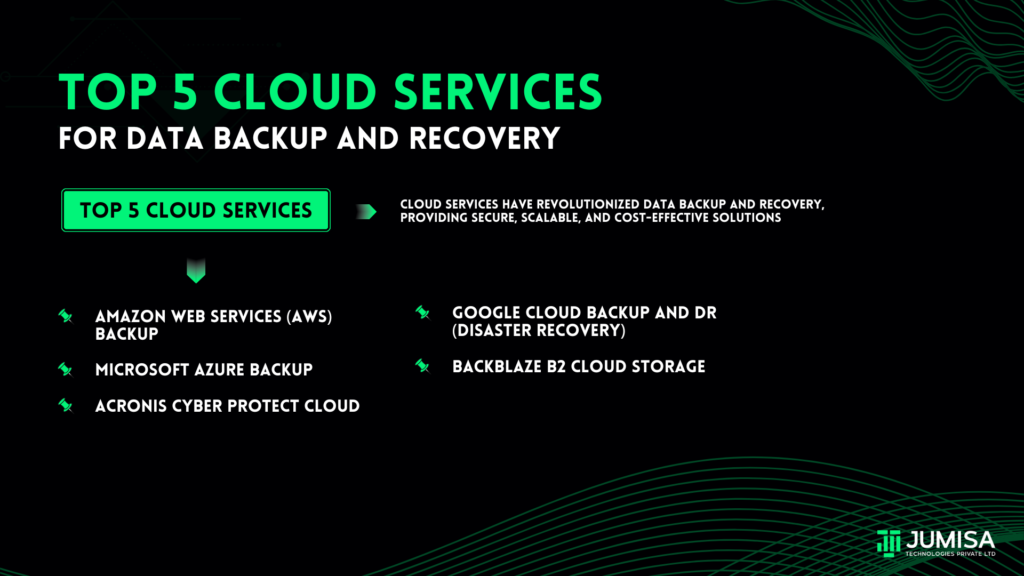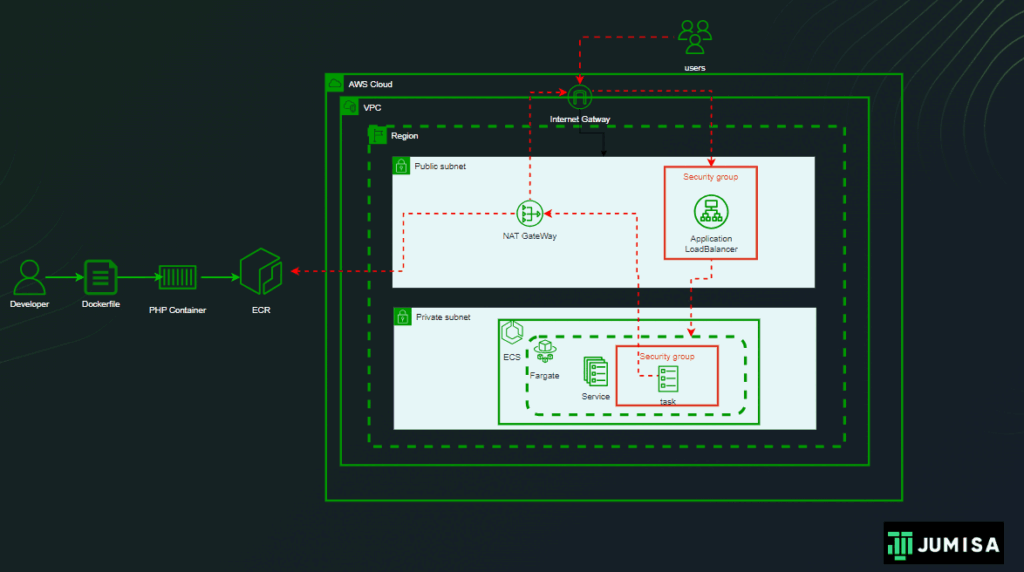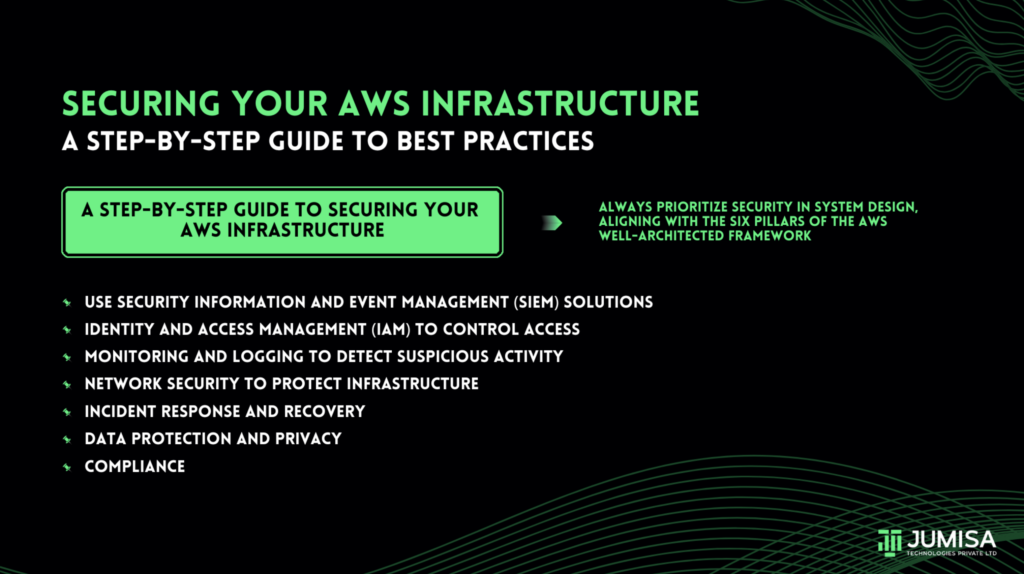
Use Case
- A company is migrating its infrastructure to AWS.
- This is to leverage cloud benefits such as scalability and flexibility.
- However, with the migration comes the need to ensure the security of the AWS infrastructure.
- To protect sensitive data and prevent unauthorized access.
Solution:
Implement the best practices for the security of AWS infrastructure.
AWS cloud security pertains to the strategies and tools used to safeguard data, applications, and infrastructure hosted on the AWS cloud. It encompasses various protective measures and services provided by AWS to defend resources against unauthorized access, data breaches, and other security risks. Additionally, AWS offers a
suite of security solutions, identity management features, and compliance support, along with extensive guidance documentation, enabling users to establish robust security frameworks tailored to their specific needs.
A Step-by-Step Guide to Securing Your AWS Infrastructure
1. Identity and Access Management (IAM) to Control Access
➔ IAM plays a crucial role in controlling access to AWS resources. ➔ By automating IAM role management with CloudFormation and Lambda, organizations can ensure consistency and security.
➔ Implementing the principle of least privilege is essential, achieved by creating individual IAM users, using groups and roles, regularly reviewing permissions, enabling MFA, and utilizing IAM conditions for granular access control.
➔ MFA adds an extra layer of security by requiring multiple forms of authentication.
➔ Regularly reviewing and rotating access credentials, automated with AWS services like Secrets Manager and IAM, mitigates security risks.
➔ Monitoring access key usage with AWS CloudTrail helps detect unauthorized access attempts.
2. Monitoring and Logging to Detect Suspicious Activity
➔ Continuous monitoring of cloud networks is essential for detecting abnormal and malicious activities.
➔ Enabling logging with AWS CloudTrail is crucial to track and monitor user activity and API calls.
➔ By integrating CloudTrail with CloudWatch, you can set up alerts for suspicious activities and take immediate action.
➔ AWS GuardDuty provides continuous monitoring using machine learning and threat intelligence to identify security risks and offers automated remediation actions.
➔ Other solutions like AWS Security Hub and third-party vulnerability management tools enhance security posture by aggregating findings and addressing misconfigurations.
➔ Cloud Security Posture Management (CSPM) solutions ensure proper configuration and compliance checks for AWS resources.
3. Use Security Information and Event Management (SIEM) Solutions
➔ Utilizing Security Information and Event Management (SIEM) solutions in conjunction with AWS can bolster your capability to detect and address security threats effectively.
➔ These solutions enable centralized log aggregation and analysis, facilitating the correlation of events to identify suspicious patterns. ➔ SIEM tools can detect various threats such as compromised accounts, brute force attacks, breaches, and malware.
➔ Additionally, integrating third-party SIEM platforms like Splunk Cloud and CrowdStrike with AWS offers a centralized platform for logging and incident analysis.
4. Network Security to Protect Infrastructure
➔ Network security is critical for safeguarding cloud infrastructure against cyber threats.
➔ One essential aspect is vulnerability management, which involves regularly scanning for software and hardware vulnerabilities to preempt potential attacks like data breaches and DDoS incidents.
➔ A robust network security strategy includes measures such as securing Virtual Private Clouds (VPCs), implementing Network Access Control Lists (ACLs), and leveraging AWS Web Application Firewall (WAF).
➔ Securing VPCs involves isolating resources within separate subnets and defining security groups to control traffic flow.
➔ Network segmentation and ACLs add an extra layer of control over inbound and outbound traffic, filtering based on IP addresses and protocols.
➔ Meanwhile, AWS WAF protects web applications from common threats like SQL injection and XSS attacks by enabling customizable rules to block malicious traffic.
➔ By implementing these measures, organizations can fortify their network defenses and mitigate potential security risks effectively.
5. Data Protection and Privacy
➔ Data protection and privacy are paramount considerations for organizations, especially when operating in cloud environments like AWS. ➔ Key measures include data classification, encryption, and regular backups.
➔ Data classification involves categorizing data based on its sensitivity, enabling organizations to prioritize security efforts effectively.
➔ Encryption plays a vital role in safeguarding sensitive data, whether it’s at rest in databases or transit between systems.
➔ AWS offers robust encryption options and key management services to ensure secure data handling.
➔ Regular data backups are crucial for data protection and recovery purposes.
➔ Organizations should establish backup schedules aligned with their recovery objectives and periodically test restoration procedures. ➔ AWS provides backup and recovery solutions, but third-party tools like Veeam Backup for AWS offer additional features for enhanced data protection and disaster recovery.
6. Compliance
➔ In addition to ensuring data security, organizations must also adhere to various data compliance regulations, which differ based on jurisdiction.
➔ Regulations like the EU’s GDPR dictate how organizations handle and store personal data, requiring strict adherence to storage and processing guidelines.
➔ Integrating compliance requirements into cloud security governance policies is essential, as non-compliance can result in severe penalties for data breaches.
➔ AWS offers comprehensive resources detailing the data compliance programs supported by its platform, aiding organizations in meeting regulatory obligations effectively.
7. Incident Response and Recovery
➔ In the face of rising cyber threats, organizations need a clear incident response plan to tackle security breaches like ransomware attacks effectively.
➔ This plan outlines steps for prompt detection, analysis, containment, and recovery.
➔ By forming a dedicated response team and implementing proactive security measures, organizations can mitigate risks and swiftly recover from incidents.
➔ Regular testing and updating of security protocols ensure ongoing effectiveness in addressing emerging threats and fortifying infrastructure security.
Conclusion
Always prioritize security in system design, aligning with the six pillars of the AWS Well-Architected Framework. Focus on IAM principles like least privilege access and multi-factor authentication. Safeguard networks using virtual private clouds, access control lists, and web firewalls. Encrypt all data and perform regular backups with immutable backups. Maintain a rehearsed incident response plan for comprehensive readiness.

